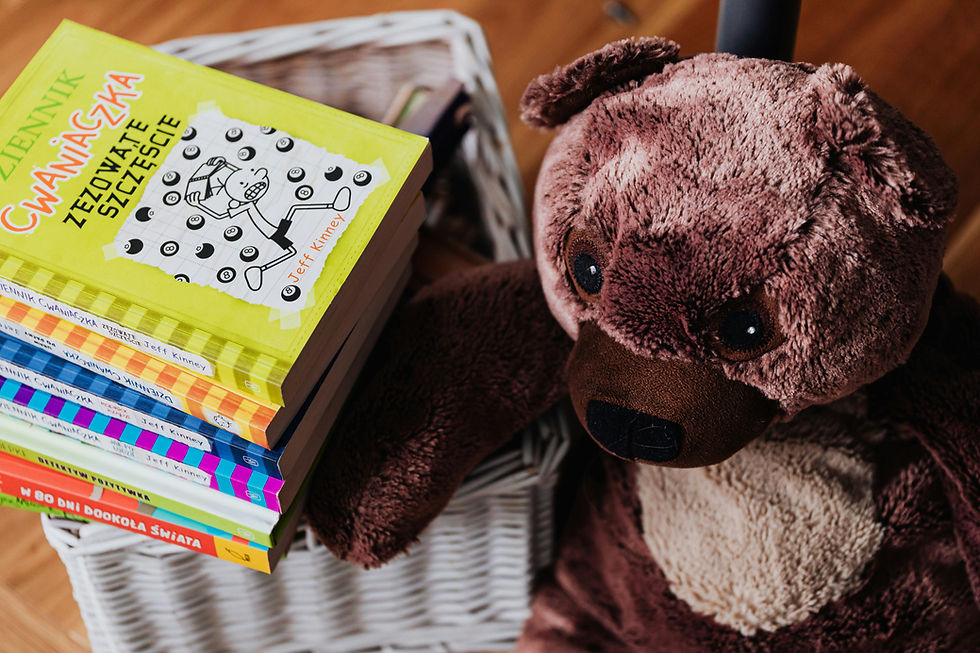Translating Children’s Literature: A Creative Challenge
- Mélodie Flottes Lemoine
- Jan 21
- 2 min read
Translating children’s literature presents a unique and exciting challenge. Unlike adult literature, stories for young readers require a sensitive, creative approach to capture the innocence, simplicity, and humor that make them so captivating.
This article dives into the specific challenges of translating children’s literature, offering tips and strategies for accurately rendering the original text while engaging young readers.
Keeping It Simple Without Oversimplifying
Children’s books are typically written in an accessible, age-appropriate language, often using imagery to help young readers connect with the story. The translator’s challenge is to preserve this simplicity without losing the original’s depth. Finding linguistic and cultural equivalents that maintain the essence without adding complexity is key.
Example:
If the original text uses a nuanced word or phrase, the translator might consider a straightforward yet relatable alternative for young readers, occasionally adapting expressions to ensure clarity and appeal for the target age group.
Making Humor and Wordplay Accessible
Humor is essential in children’s literature to keep readers engaged and entertained. But translating humor—especially if it relies on wordplay or cultural references—can be tricky.
Tip:
When a pun or wordplay doesn’t translate directly, try a creative reformulation that captures the intended humor. For instance, if the joke involves rhyming in French, consider finding similar wordplay in English to recreate the effect, even if it requires modifying the content slightly.

Preserving Innocence and Simplicity in the Narrative
Young readers perceive the world with innocence and simplicity, and translators must respect this perspective. Themes and emotions need to be expressed accessibly, but without simplifying to the point of losing emotional richness.
Example:
If a character expresses sadness, a translator might choose simpler, evocative language to ensure that the young reader feels the emotion without becoming overwhelmed by complex phrasing.
Maintaining Rhythm and Musicality
Many children’s books are written in rhythmic prose or verse, adding an extra layer of challenge for translators. The rhythm of the text is crucial to keeping young readers engaged, especially when the story is read aloud.
Tip:
If the original text includes rhymes or a specific rhythm, try to recreate a similar effect in translation. This might involve finding alternate rhymes, adjusting sentence length, or playing with sound to keep the text musical and enjoyable when read aloud.
Adapting Cultural References
Children’s books often include cultural references that might be unfamiliar to young readers in other countries. Here, the translator must decide whether to adapt or keep these references while providing contextual clues.
Example:
If the story mentions a local holiday or tradition unfamiliar to English-speaking readers, the translator could choose to replace it with a similar, relatable celebration or add a small, age-appropriate explanation that preserves the cultural authenticity without confusing the reader.
Conclusion
Translating children’s literature requires a delicate balance between creativity and fidelity. Each translation decision is driven by the desire to ignite the imagination of young readers while staying true to the author’s vision.
Children’s literature translators play a crucial role: they bring stories to life for young readers in different cultures, ensuring the magic and freshness of the original story resonate in their own language.
It’s a creative challenge that, when done well, can profoundly impact young readers, sparking a love for reading and introducing them to diverse cultures.









Comments